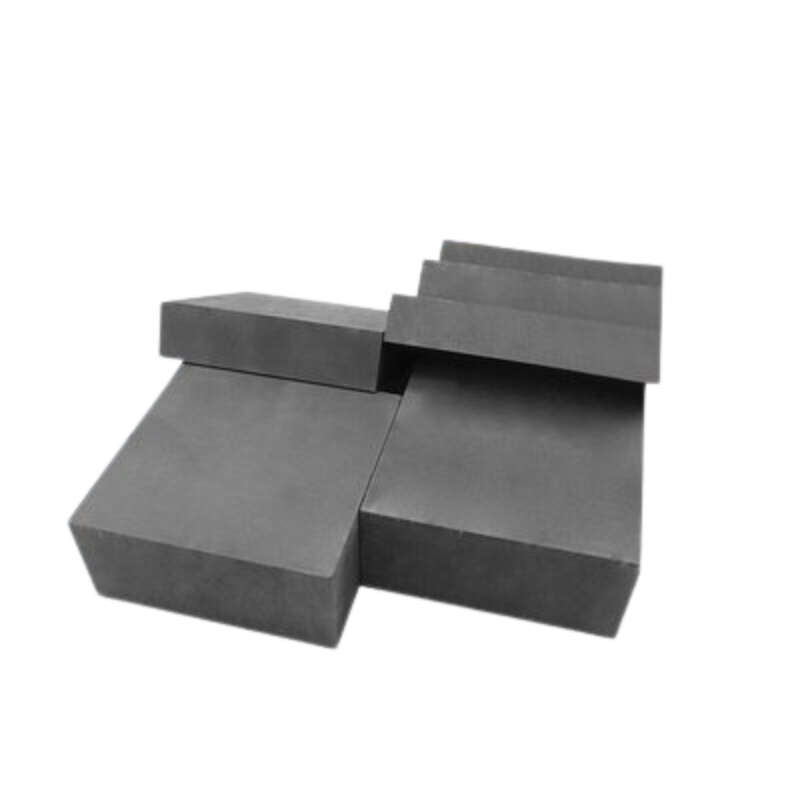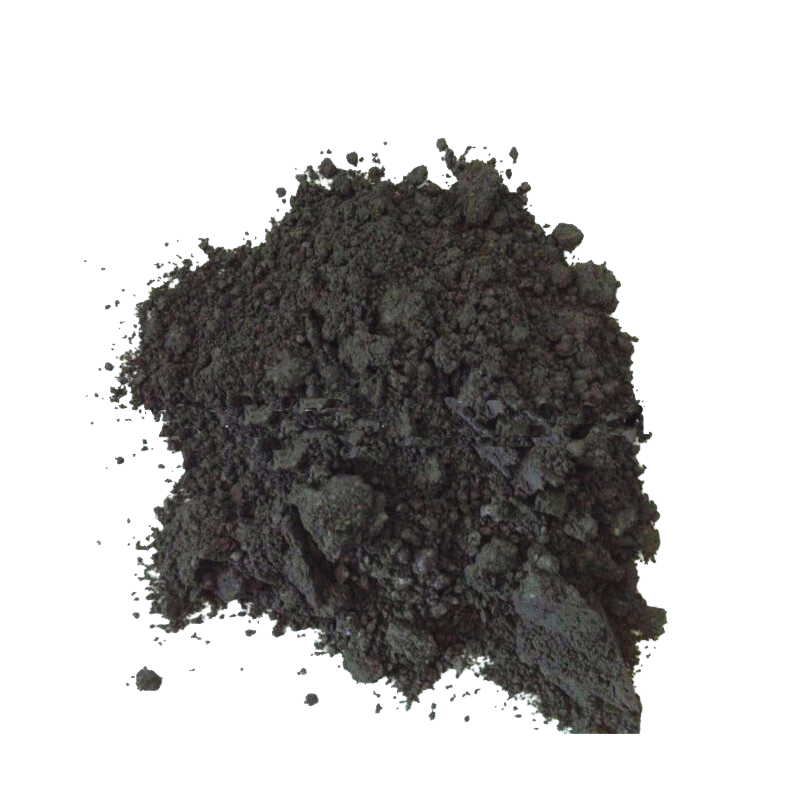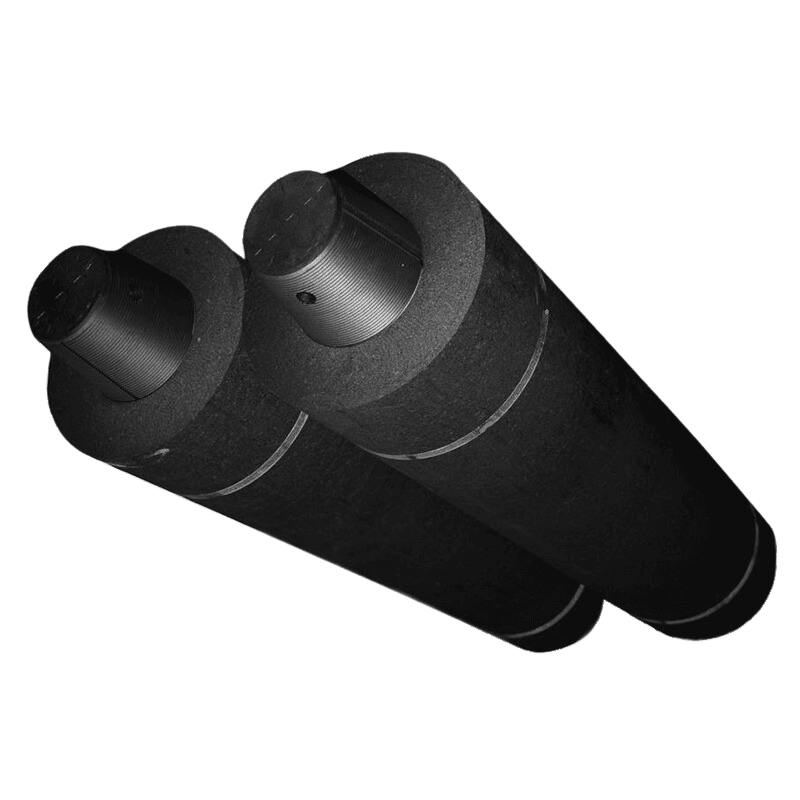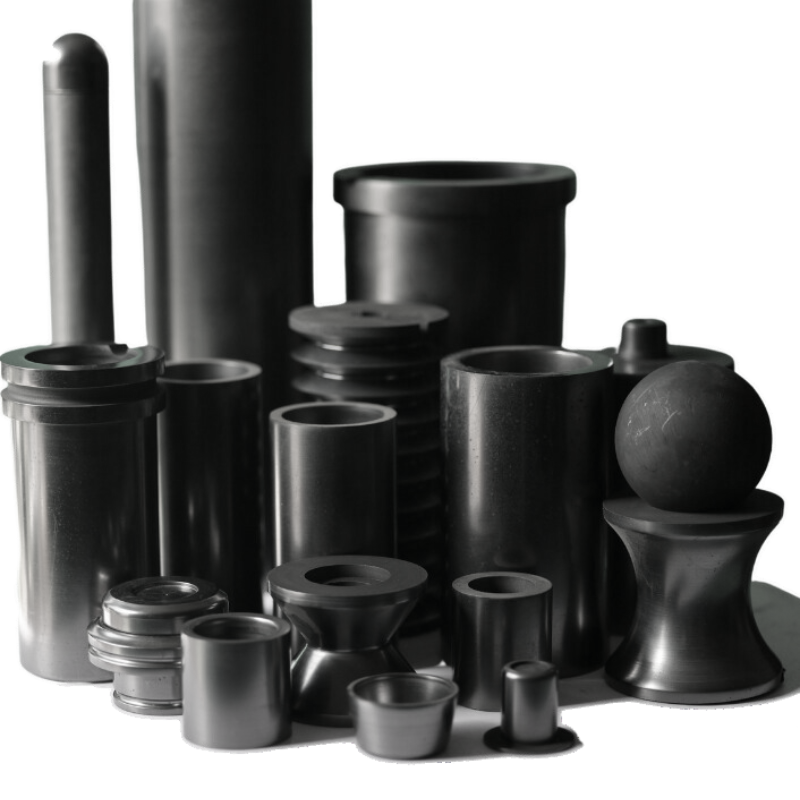Introduction:
In the ever-evolving realm of aerospace engineering, precision and innovation are paramount. Graphite molds have emerged as a cornerstone technology in the production of spacecraft components, offering a versatile and efficient solution to the challenges posed by the demanding requirements of space exploration. This article explores the integral role that graphite molds play in the fabrication of spacecraft components, delving into their unique properties, applications, and the advancements they bring to the aerospace industry.
Graphite Molds: A Fundamental Building Block:
Graphite molds, known for their exceptional thermal conductivity, high melting point, and low reactivity, have become a staple in the manufacturing processes of various industries. However, their significance is particularly pronounced in the aerospace sector, where the demands for precision and durability are unparalleled.
One of the primary advantages of graphite molds is their ability to withstand extreme temperatures, making them ideal for the intricate and high-temperature processes involved in crafting spacecraft components. The superior thermal conductivity of graphite ensures uniform heat distribution, facilitating the precise shaping and solidification of materials used in aerospace applications.
Applications in Spacecraft Component Fabrication:
Graphite molds find extensive use in the production of intricate and complex spacecraft components. One such application is in the creation of propulsion system components. The precision required in manufacturing rocket nozzles and thruster components is met admirably by the capabilities of graphite molds.
The lightweight nature of graphite molds is another factor that contributes to their suitability for spacecraft component fabrication. As weight is a critical consideration in aerospace engineering, the use of lightweight materials becomes imperative. Graphite molds not only provide the necessary structural integrity but also contribute to overall weight reduction, a crucial factor in the design and functionality of spacecraft.
Additionally, graphite molds are instrumental in the production of critical thermal protection system components. Spacecraft entering and re-entering the Earth’s atmosphere experience extreme temperatures, and materials molded using graphite molds exhibit superior heat resistance, ensuring the structural integrity of these components during the most challenging phases of a space mission.
Advancements in Graphite Mold Technology:
The aerospace industry is dynamic, constantly pushing the boundaries of what is achievable. Recent advancements in graphite mold technology have further elevated its role in spacecraft component fabrication. Engineers and scientists are continually refining the composition of graphite molds to enhance their durability, precision, and overall performance.
One notable advancement is the development of high-performance graphite materials with enhanced strength and resilience. These materials allow for the creation of more intricate and robust spacecraft components, meeting the evolving demands of space exploration missions. The integration of advanced computational modeling techniques has also played a pivotal role in optimizing the design and manufacturing processes associated with graphite molds.
Conclusion:
Graphite molds have undoubtedly become a linchpin in the aerospace industry’s pursuit of precision and efficiency. As space exploration continues to advance, the role of graphite molds in crafting spacecraft components will only become more pronounced. Their unique combination of thermal conductivity, lightweight properties, and recent technological advancements positions graphite molds as a vital component in the ongoing quest to explore the cosmos. The future of aerospace engineering is undeniably intertwined with the versatility and ingenuity of graphite molds.





